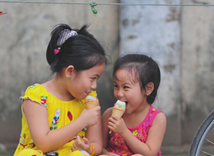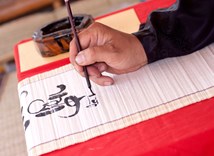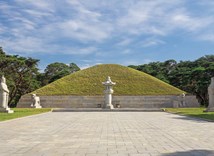Famed for its limestone mountains, valleys, and rice fields in different shades of green, Northern Vietnam abounds in picturesque scenery and captivating heritage. For a deeper cultural immersion, we propose you to discover the world of Múa Xòe, a traditional dance known for its significant role among ethnic communities of the region.
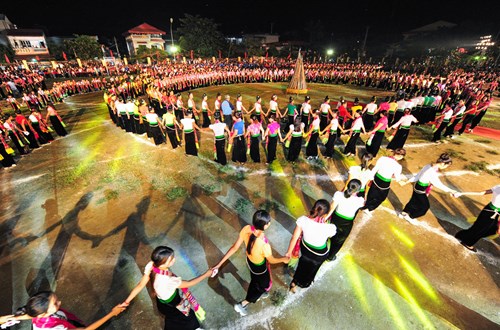
A folklore dance of the Thai ethnic group, Múa Xòe is a cultural symbol of solidarity in the northwestern region. Following gentle and alluring rhythms, dancers usually form a circle around a festive flame and move to the sound of melodic, traditional music.
Cultural Significance
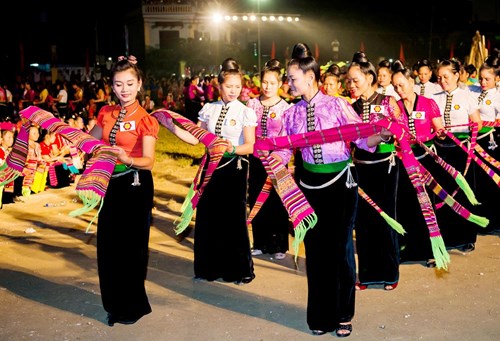
The dance dates back to an ancient practice when Thai people held hands together to form a circle to ward off wild animals. It then became popular among other ethnic groups, expressing social unity between communities. Today, Múa Xòe is danced by villagers in in Yen Bai, Lai Chau, Son La, and Dien Bien in the mountainous region of northern Vietnam.
Múa Xòe depicts the daily lives of the northern people and expresses their wish for good health and harmony. There is no border between social classes, ages, and genders. When the music starts, all people unite and dance together. Traditionally, people perform Múa Xòe at important ceremonies, including festivals, Tet (Lunar New Year) celebrations, and weddings. UNESCO has also recognized the dance as an intangible cultural heritage.
The Features of Múa Xòe
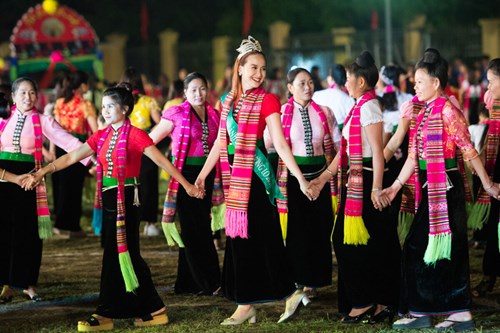
As a traditional dance of the Thai ethnic minority, Múa Xòe brings together people holding hands in a circle and performing six acts, including welcoming, clapping hands, performing in a group of four, moving back and forth, waving scarves, and offering wine.
The basic movements include raising and opening the hands, then lowering them and clasping the hands of the adjacent person. The musical instruments for the dance include bells, drums, gongs, cymbals, fiddles, and gourd lutes.
The Xòe Festival
The Xòe dance festival is the biggest celebration in the northwest of the country. Celebrated in spring, people gather to pray for good weather, abundant crops, and a peaceful village.
The festival starts with the sound of the gourd lutes mingling with the laughter of people from different villages. The sound of gongs and drums also urges visitors to participate. Regardless of their ethnic background, all people gather and dance to the music.
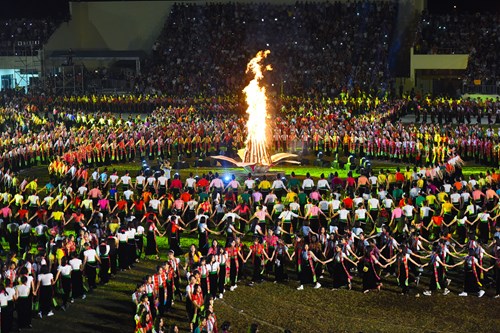
Seen from afar, the circles formed by the dancers in their traditional costume with sparkling silver buttons, resemble a flower. The festival is also an opportunity to showcase their beautiful landscapes and authentic culture, thus promoting tourism in the provinces.
As a unique dance form of Northern Vietnam, protected and passed down from generation to generation, Múa Xòe has brought people together for hundreds of years. The main purpose of this dance is to unite participants in an atmosphere of joy.






